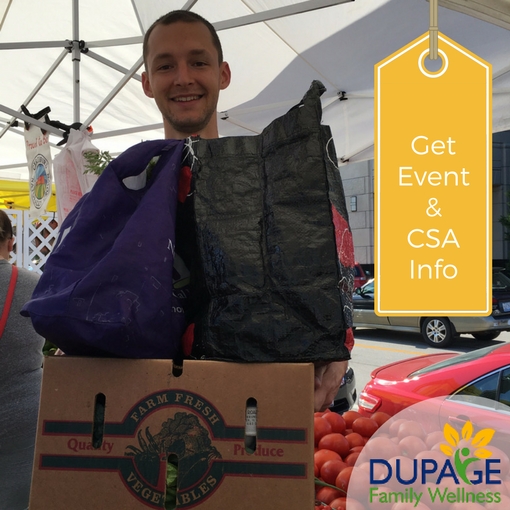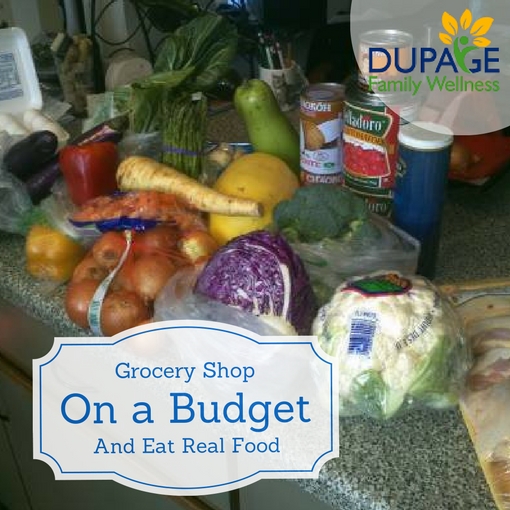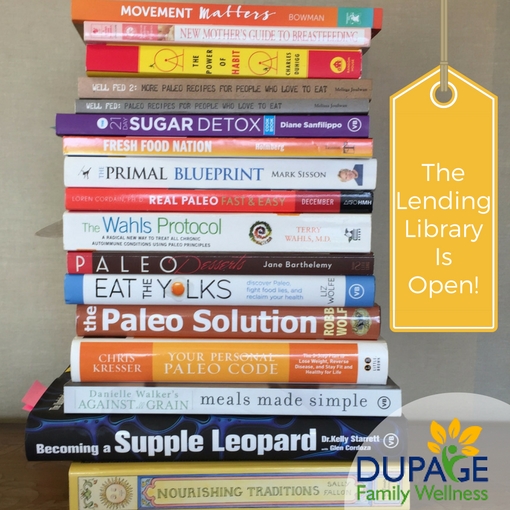 The Warrenville Firecracker 5k is coming up in just over a month! It is on the morning of July 4th at 8:00 am! I am going to have a booth at this event (after all, it is right across the street from my office!).
The Warrenville Firecracker 5k is coming up in just over a month! It is on the morning of July 4th at 8:00 am! I am going to have a booth at this event (after all, it is right across the street from my office!).
One of my goals is to build a community of people who are STRIVING to THRIVE!! People in this community are intentional about eating good nutrient dense foods, moving their bodies, sleeping well, and decreasing their stress. Additionally, one of the MOST IMPORTANT factors in THRIVING is playing an active role and having good relationships in their local community!! This was discussed in detail back in our article called “Want to Live to 100?”
I am building my TRIBE of WELLNESS WARRIORS and I think that the Warrenville Firecracker 5k would be a great first community building event! It incorporates movement (I don’t care if you walk, run, or come out to stand and cheer with me at my booth!), supports the community, and helps all of us build better in- person real relationships with other like-minded people!
What is a Wellness Warrior?
Read more ...
Happy Earth Day! 
Over the past year, I’ve given you many ideas to improve your wellness in the form of weekly wellness challenges. Today I want to link back to some of those, as well as a few articles from alternate websites that I love that I haven’t written about just yet! You can incorporate these ideas to improve your own health while helping the health of the planet!
- Walk more, drive less Sitting all day at work, and then going home to sit in front of the TV is dangerous for your health. Review Weekly Wellness Challenge #5 to find ways to get more steps in your daily routine.
- Spend time outside. There are benefits of spending time in nature including increased movement and sunshine exposure! As you spend more time out in nature, you will deepen your appreciation for our world and your desire to preserve and improve it! Get more ideas in Weekly Wellness Challenge # 12- Spending More time Outside.
Read more ...

There are a few events coming up that I want to tell you about! They support local businesses (shop local), and eating real food.
DuPage County CSA Expo
Saturday April 8 is the DuPage County CSA Expo
What is a CSA? It stands for Community Supported Agriculture. The gist is that you pay a set fee up front for crops for the entire summer! It is great for the farmer because they can focus on tending to and harvesting from their fields, rather than finding individuals to sell their crops to each week. It is great for the consumer because you get a variety of locally grown vegetables, eggs, and more depending on the Farm you choose. Different farms run their CSA's in different ways (e.g. different crops, sizes of boxes, and frequency of pickup, cost). Since this event features 20 different local farms, it gives you the opportunity to meet the farmers themselves, learn about them, their farms, and how their CSA works. You can sign up if you are interested!
Read more ...

How We Grocery Shop Without Breaking the Bank
If you say that eating healthy food is too expensive, I beg to differ! Here I'll show you in detail, with examples, how my family shops each week. I also want to share a testimonial with you. After one month in the program, a participant in Dr. Jamie's Wellness Warriors Nutrition Bootcamp shared the following with me:
"I love this Program, and don't look at it like a diet. It's more of a health plan. In the past month not only are my clothes getting looser but my foot pain is gone! Have I mentioned the savings in our grocery bill from not buying processed foods!? I can't wait to continue on this 'health plan' and see what other positive changes are to come!" L.M.
Earlier this year, Joelle wrote a blog called 5 tips to Eat Real Food on a Budget. Those tips included using local farmer's markets, which is difficult in the winter. Today I'll give you more tips, assuming that we want to to keep the costs down while shopping at a grocery store!
Here is how we eat real, nutritious food on a budget!
Read more ...
As 2016 comes to a close, I wanted to take a few minutes to wish you a safe and happy holiday, and a joyous New Year! I hope 2016 treated you well, and that 2017 is even better!
~Dr. Jamie, Dr. Jared, and Harper


I am excited about changes coming to the office space at DuPage Family Wellness. In the next 6 months, we will be painting, decorating, and building a consultation room. In the mean time, I've started with step 1: The lending library.
The Lending Library is Open Now!
There will be 3 types of information for you to use:
- Books: I have my entire collection of books available to you in a lending library! These range from cookbooks, to books about movement, to books about breastfeeding and more! If you want to read them, I am happy to loan them to you! Need a recommendation for your situation? I am happy to provide that as well! Please borrow the books while you are using them, but if you find them sitting around on your coffee table, bring them back so someone else can learn!
- Magazines: I have subscribed to some new magazines including Pathways to Family Wellness and Paleo Magazine.
- Binders: I am creating binders of reading material for patients. One will share important research articles, another will contain blog posts that I’ve written, and a third will be success stories and testimonials from patients! That being said, if you had a great experience at the office that you’d like to share, please send it my way and I’ll add it to the binder! If you are receiving this in your email, just respond to the email. If you are reading on the website, send an email it to This email address is being protected from spambots. You need JavaScript enabled to view it..
If you arrive early for your appointment- or just want to swing by and hang out, these resources provide valuable information for your journey to health! New information and research about health improvement comes out all the time. I try to keep learning and make sense of all this information for myself, my family, and my patients. We are all constantly striving to become healthier.
My passion is teaching others to improve their health, get relief from chronic health conditions, and feel great!
If you are interested in improving your health, please use the resources that I am extending to you, and tell a friend who is looking to improve their health as well!
Dr. Jamie Thomure
 The Warrenville Firecracker 5k is coming up in just over a month! It is on the morning of July 4th at 8:00 am! I am going to have a booth at this event (after all, it is right across the street from my office!).
The Warrenville Firecracker 5k is coming up in just over a month! It is on the morning of July 4th at 8:00 am! I am going to have a booth at this event (after all, it is right across the street from my office!).





